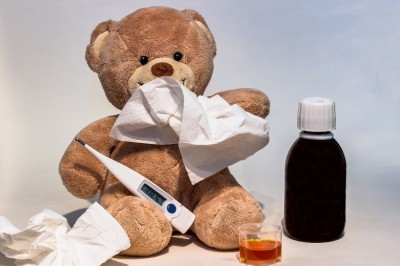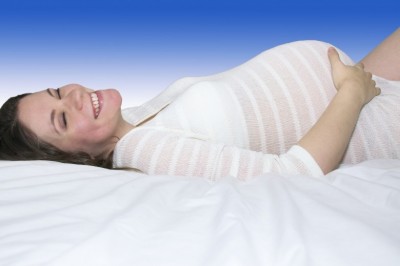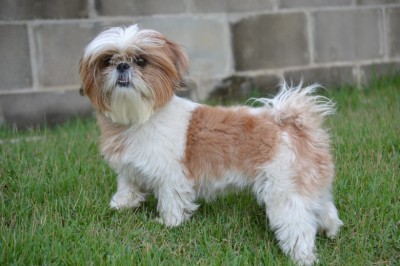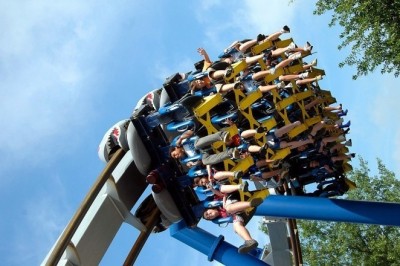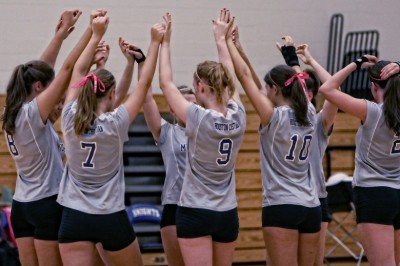Ankylosing Spondylitis by Physiotherapists
Physiotherapy for Ankylosing Spondylitis
by Jonathan Blood Smyth
Ankylosing spondylitis belongs to a group of disorders called the spondyloarthropathies, a group which also includes psoriatic arthritis, reactive arthritis and arthritis related to inflammatory bowel disease. All these conditions are linked by the genetics of a gene on white blood cells called HLA B27 and by the presence of enthesitis, inflammation at the points where ligaments and tendons insert into bone. This can lead to fibrosis at these sites and then bone formation, causing joint fusion (ankylosis) in some cases.
The commonest spondyloarthropathy is Ankylosing spondylitis, which occurs as a reflection of the occurrence of the HLA B27 gene in the population. The gene occurs much less commonly near the equator and much more commonly in northern latitudes, and this is also the pattern with the development of AS. White race people are more commonly affected with around 0.1 to 1.0 percent overall, varying with latitude. Only 1 or 2 people of a hundred with the HLA B27 gene actually develop AS, but if they have a close relative who has the condition the likelihood rises to 15 to 20%.
Three males to every one female is the ratio of patients with Ankylosing spondylitis, as female patients may have much less obvious symptoms and so be missed from the diagnosis. Young men are the commonest presenting group with most consulting a doctor before they are 40 and up to 20% before they are sixteen years old. 25 years is the average age that someone goes down with the symptoms and is uncommon to find a diagnosis of AS in a person over fifty. It is easily overlooked as it can look like mechanical back pain if care is not taken. On questioning how they are in the morning, a typical answer is very stiff.
The presentation of Ankylosing spondylitis is similar but different from that of mechanical low back pain due to the inflammatory nature of AS:
Morning stiffness in the lumbar spine, lasting at least 30 minutes or longer Exercise improves the back pain and stiffness Rest worsens the pain and stiffness Pain is usually worse in the second half of the night, after a time of rest Peripheral joints are affected in 30 to 50% of patients Tiredness is common AS has systemic affects from its inflammatory nature which can include feeling unwell, fever and loss of weight.
On examination the physiotherapist can find a stiff lumbar spine with reduced movements from normal, postural abnormality such as a flat lumbar spine and an increased thoracic kyphosis. In later stages neck movements may also be involved and chest expansion will be reduced from normal. In the third of patients who get peripheral involvement, enthesitis develops in areas subject to mechanical stresses, the most common being the insertion of the plantar ligament in the foot and the insertion of the tendo Achilles to the heel. These areas will be palpated by the physio to help confirm the spread of the disease, helping to focus the treatment plan later on.
Physiotherapy assessment of patients with Ankylosing spondylitis begins with postural assessment of spinal deformity and perhaps flexed knees. Increased cervico-thoracic kyphosis is common with a poking chin and rounded shoulders. General spinal mobility is obviously limited in normal movement and assessments are made of the lumbar, thoracic and neck ranges of motion. Other standardized measurements are taken to gage the progress of the disease or the affect of therapy. Areas of peripheral involvement are noted, e.g. the hips, and the appropriate measurements made, with palpation of any painful enthesis sites. Joint effusions, e.g. in the knees, are also possible if the disease is active, along with sleeping problems, sweating and feeling unwell.
Physiotherapy starts with treating active enthesis sites with ice, ultrasound and gentle stretches, with insoles useful in the foot. Routine range of movement exercises for the whole spine and affected joints are taught with concentration on getting to end range at each time. This targets the antigravity movements such as lumbar and thoracic extension, thoracic rotations and neck rotation and retraction. Patients are also taught to rest in good positions to avoid encouraging the typical deformities, such as on a firm mattress with just one pillow, or lying on the front regularly. Hydrotherapy is a very helpful and popular way of maintain joint ranges and patients need to keep up self treatment over the long term.
Jonathan Blood Smyth is a Superintendent of Physiotherapy at an NHS hospital in the South-West of the UK. He specialises in orthopaedic conditions and looking after joint replacements as well as managing chronic pain. Visit the website he edits if you are looking for physiotherapists in London.












